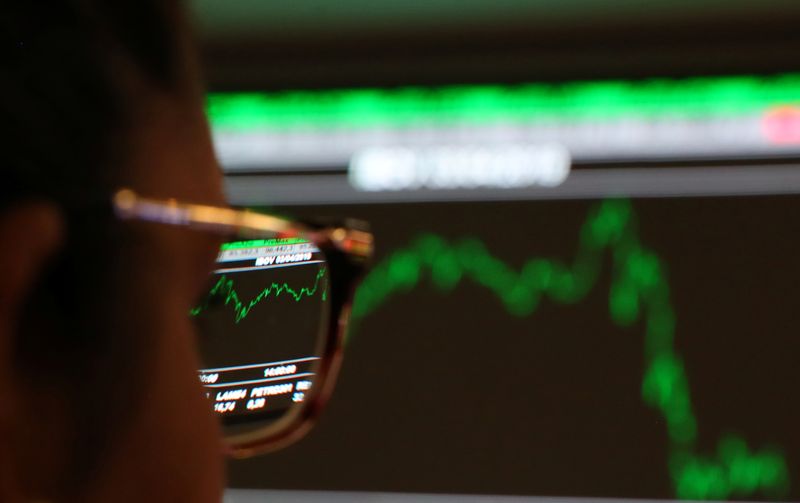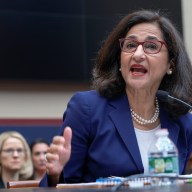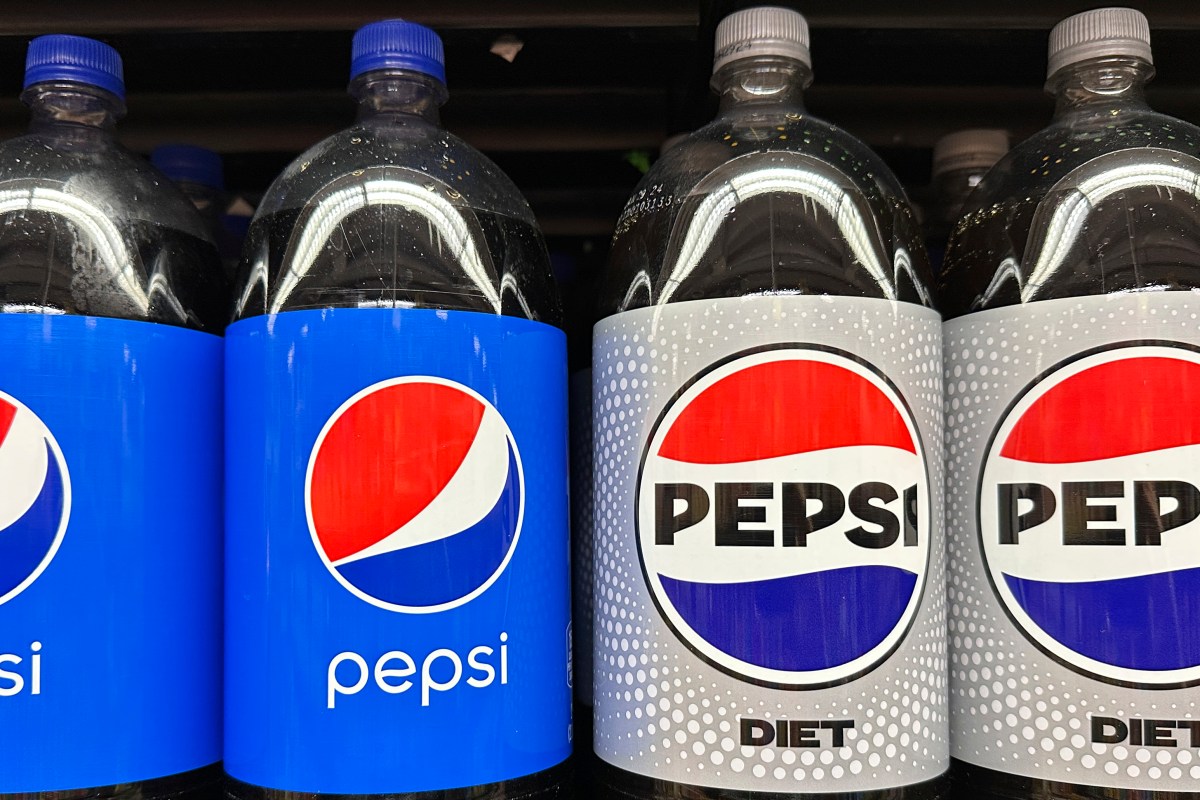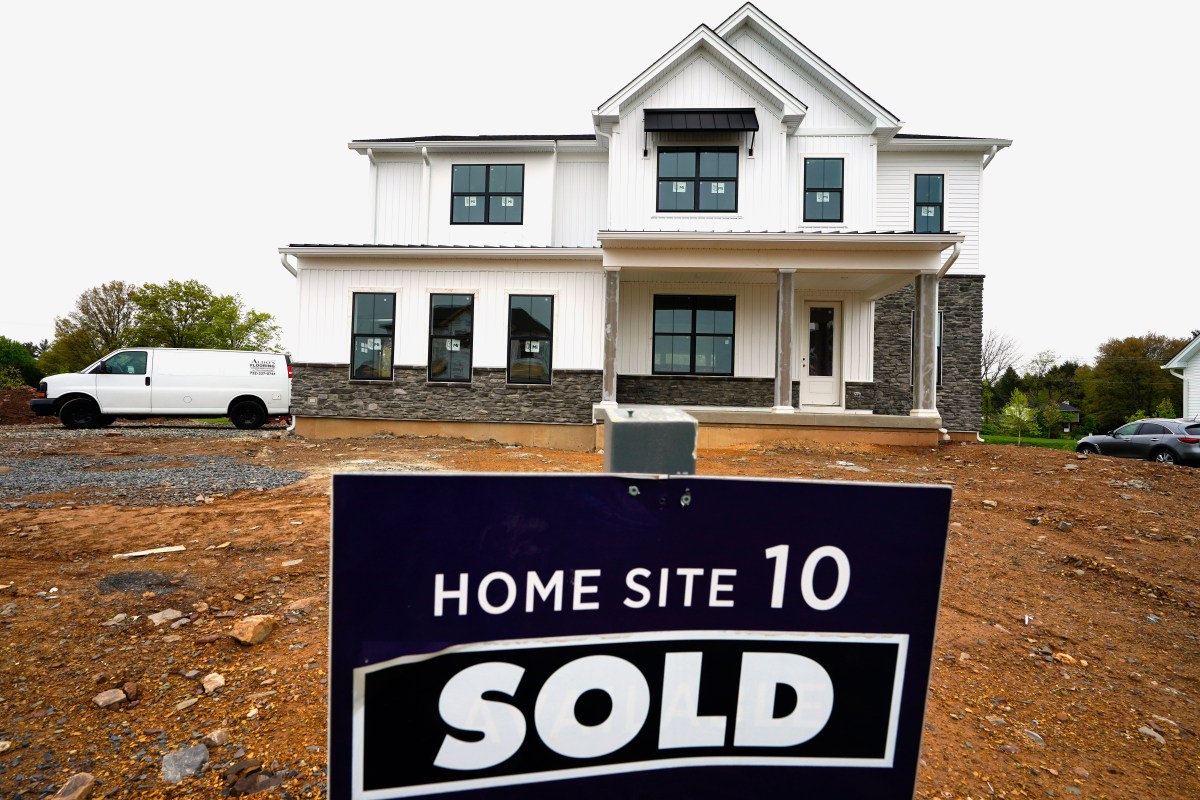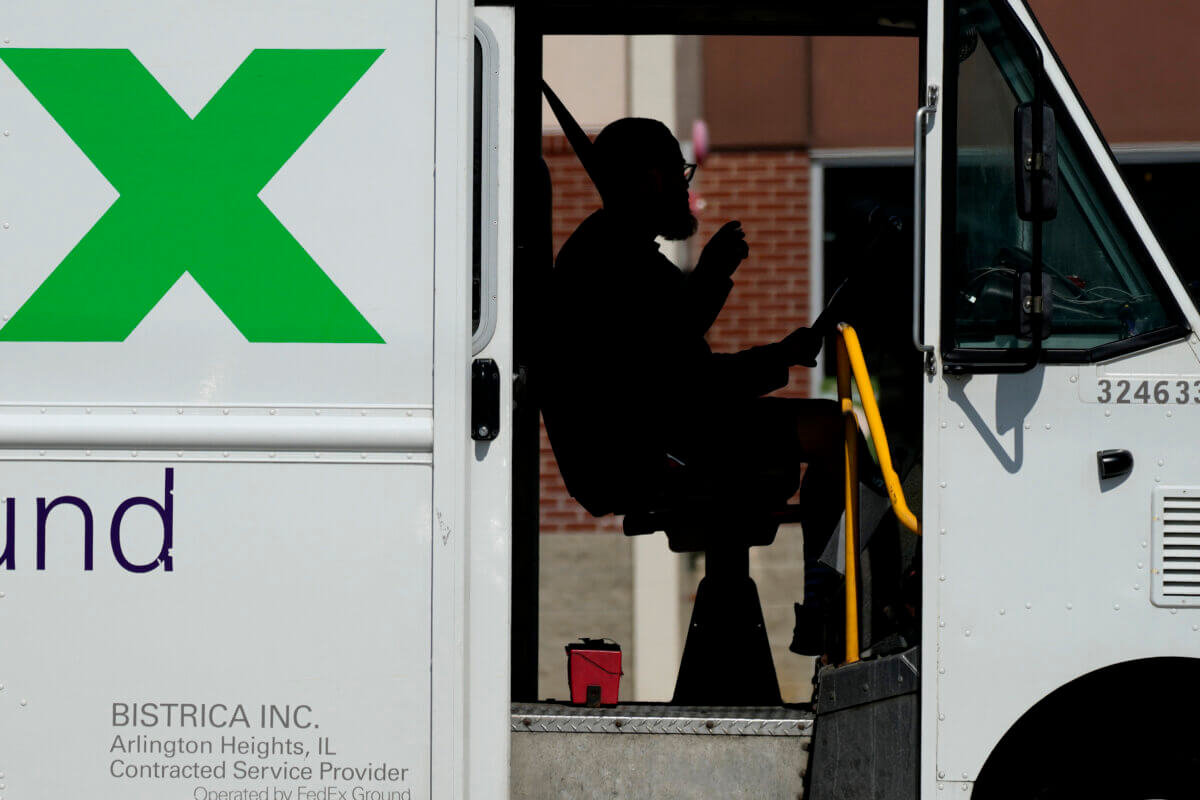BUENOS AIRES (Reuters) – Latin American currencies will pick up somewhat in the near term, as investors watch the U.S. presidential election campaign for any hints about Washington’s future approach toward the region, a Reuters poll showed.
Foreign exchange rates of Brazil’s real <BRBY> and Mexico’s peso <MXN=> have been volatile in recent months but remained within key levels, facing a mixed outlook of budget worries and improving macro indicators.
Now, signs of recovery from a historic recession in both countries are starting to permeate sentiment despite several domestic risks including the catastrophic human toll of the ongoing coronavirus pandemic.
The real is set to appreciate 2.8% to 5.24 per U.S. dollar in three months from Wednesday, according to the median estimate of 31 analysts and strategists polled Aug. 28-Sept. 2. The weakest and strongest forecasts are 5.80 and 4.58, respectively.
In one year, the Brazilian currency is seen at 4.95 per U.S. dollar compared with the median estimate of 4.85 in August. The unit had a strong start in September after the government offered reassurances about its austerity plans.
Still, some are skeptical. “Low interest rate spreads, downbeat growth expectations and fiscal deterioration will continue exerting negative pressure on the real,” Dan Kawa, CIO at TAG Investimentos in Río de Janeiro, said.
Brazil’s economy shrank in the second quarter by the most on record as anti-coronavirus lockdown measures slammed activity. Last month, the central bank cut its benchmark interest rate to a record-low 2.00% to spur growth.
The local currency is down 25% in 2020, on track for its worst year since a 33% loss in 2015. But it has gained over 4% from a low in August, when Brazilian markets recoiled on spreading fears over the gaping fiscal deficit.
PESO LOOKING AT U.S. ELECTION
In Mexico, the peso will be looking at the U.S. political campaign, with sour memories of a crash during the last leg of 2016 when then Republican presidential candidate Donald Trump vowed to build a wall to curb immigration and restrict trade.
“There may be a case for a weaker MXN mainly due to volatility associated to the presidential election in the U.S.” said Víctor Gómez, an economist at Finamex in Mexico City, in reference to the November vote.
Bilateral tensions eased later during Trump’s term and his relationship with Mexican President Andrés Manuel López Obrador progressed, helping them find common ground on the border issue and refresh a decades-old trade agreement.
For the time being, the survey shows caution over the peso, seeing it around 22.00 per U.S. dollar for the foreseeable future, even if it has enjoyed a steady uptrend from a low in June.
The currency continues to get support from a high benchmark interest rate resulting from the conservative view of Mexico’s central bank that contrasts with the U.S. Federal Reserve’s vast liquidity injection to fight the impact of COVID-19.
While the peso has shed 13.2% of its value since the start of the year, it is currently up 16.1% from its record low in March.
(For other stories from the September Reuters foreign exchange poll:)
(Reporting and polling by Gabriel Burin in Buenos Aires; Additional polling by Abraham González in Mexico City; Indradip Ghosh, Vivek Mishra and Mumal Rathore in Bengaluru; Editing by Steve Orlofsky)

